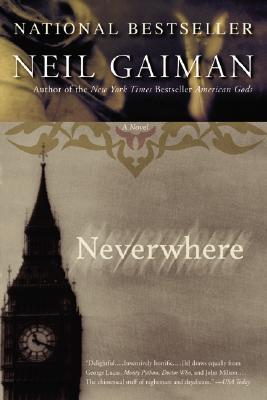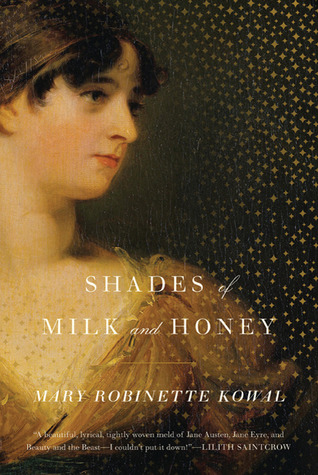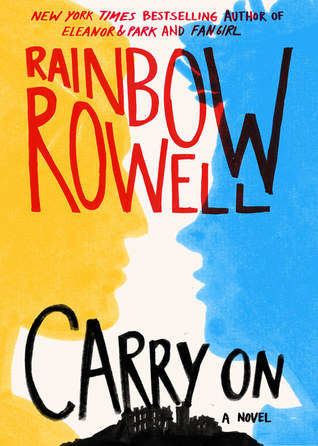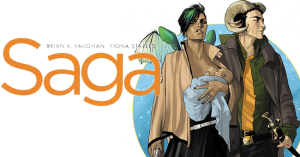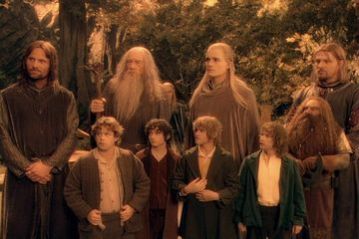Hello cyberspace!
It’s been a long time, but I’m back with a series on Black History Month. We’ll be looking at, of course, black history. But I’m also interested into looking forward. Let’s talk about black futures, black fantasies, and black science fiction. I’ll be writing at least a review a week and hoping to hit a few authors and books off the beaten path. To get us stared, here’s a couple of recommendations from my last year of reading:
- N.K. Jemisin’s The Broken Earth Trilogy
If you’ve been hearing about these books everywhere, good. If this is your first time, welcome. The Broken Earth is an amazing fantasy trilogy consisting of The Fifth Season, The Obelisk Gate, and The Stone Sky. Frankly, any discussion of the series will spoil the fun of figuring out the world as you go, so I recommend stopping this and reading now. But if you need more than that, read on.
The Fifth Season takes place in a place called The Stillness which is prone to massive geological disasters called Fifth Seasons which can span from a few years to generations. The entire culture of the Stillness is built around survival during Fifth Seasons. That includes their treatment of orogenes, people with the magical ability to influence and manipulate the earth. Orogenes are feared, ostracized, and virtually enslaved by a system used to control them and use their powers to keep those who persecute them safe. The story starts following three women: Damaya, Seinite, and Essun through this world and a Season that might change it all.
The series is masterful fantasy with compelling characters, relationships you want to root for, a world that’s a joy to learn about and explore, and narrative twists that are among the best I’ve ever read. It’s also an important exploration of prejudice, persecution, and how a civilization will build itself on the backs of those who are different from them. It’s a must read for fans of fantasy, strong women of color, well-executed social commentary, and great writing.
- Octavia Butler
Octavia Butler is one of the masters of science fiction. She’s known for strong women of color as protagonists, and for writing deft social commentary and part of excellent science fiction.
Possibly her best known work is Kindred, which follows a smart, independent black woman married to a white man in the then-modern era of the 1980s as she is repeatedly transported back in time to the South in the time of slavery. The book is a harrowing look at the brutality of slavery and the effect it has on the mind and soul, as well as the relationships between black women and white men.
I highly recommend her series Lilith’s Brood, which was previously known as Xenogenesis. In the books Dawn, Adulthood Rites, and Imago, Bulter explores an alien species called the Oankali which adopts dying species into their lives and culture. The titular Lilith is a black woman who has been awoken in this culture and has to explore it, learn about it, and ultimately figure out how she will become a part of it. Finally, I’d recommend the Earthseed duo: Parable of the Sower and Parable of the Talents. These two books follow protagonist Lauren Oya Olamina through an apocalyptic world as she struggles to survive and eventually goes on to found a new faith, Earthseed. It was my first exposure to Butler’s incredible worlds and still the one I’m usually first to recommend.
I hope you’ll get started with these suggestions and join me for exploring more this month!

